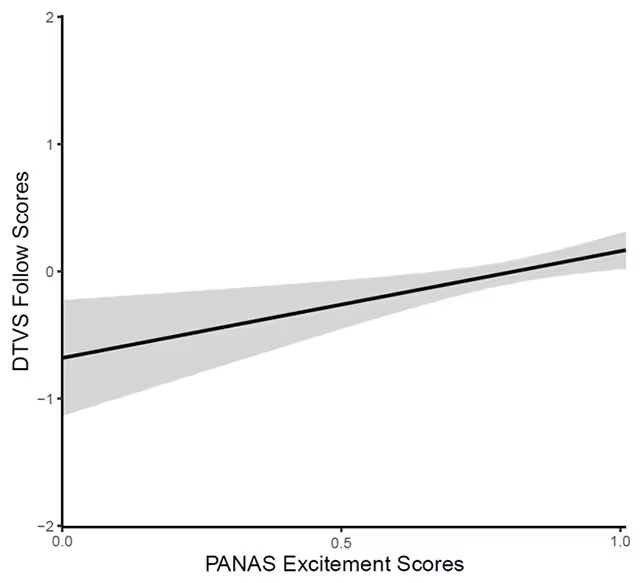4 Minutes
How Dog Personality Influences TV Habits
Recent scientific research has uncovered a fascinating connection between canine behavior and responses to television, shedding light on the perceptual world of domestic dogs. A team of animal behaviorists from Auburn University, Alabama, conducted a comprehensive study involving 453 dog owners to understand how dogs engage with TV content and what factors drive their preferences. By gathering data via detailed questionnaires, researchers could analyze patterns in the way different dogs react to various on-screen stimuli, offering insights crucial to dog care, enrichment, and training practices.
Detailing the Study: Methods and Major Findings
The research focused on canines that had already shown an interest in TV. Owners reported on their dogs' behaviors during viewing sessions, providing information about attention span, stimuli reaction, and emotional responses. The findings revealed that individual personality traits play a significant role in determining a dog's interest in television content:
- Excitable dogs tend to follow moving objects on the screen with greater enthusiasm.
- Anxious or fearful dogs are more likely to be sensitive to non-animal stimuli—such as doorbells ringing or cars driving by—compared to their more relaxed counterparts.
- On average, canine TV viewing sessions lasted just over 14 minutes, emphasizing short yet focused bursts of attention.
Interestingly, the researchers found that factors such as the dog’s age, sex, or breed did not significantly influence viewing habits. Additionally, whether the stimulus was visual or auditory (seen versus heard) appeared to make little difference: it was the nature of the content—particularly whether it featured other animals—that mattered most.
Understanding Canine Perception and the Limits of Current Research
The study suggests that many dogs interpret representations of objects in the two-dimensional world of television in a manner similar to how they perceive objects in real life. However, the underlying cognitive mechanisms remain poorly understood, as scientific literature on canine visual perception, especially in the context of modern media, is still developing.
Despite the promising results, the researchers caution about broader application. The sample group consisted only of dogs already interested in TV; hence, the results might not represent the entire canine population. Furthermore, since all observations were owner-reported, future studies using direct behavioral or physiological measurements could yield more robust conclusions.

The Dog Television Viewing Scale (DTVS)
To facilitate future research, the Auburn University team developed the Dog Television Viewing Scale (DTVS), a new tool designed to systematically assess canine responses to on-screen content. The DTVS can help researchers gather standardized data, enabling a deeper analysis of how dogs engage with television and what programming is most enriching or potentially stressful.
Practical Implications and Future Prospects
The implications of these findings extend to animal welfare, particularly in environments such as shelters where dogs spend extended periods indoors and enrichment is critical. Personalized television programming, calibrated to match individual temperament, may serve as a valuable tool for reducing stress and promoting mental stimulation in companion animals. The research also paves the way for further studies into the design of dog-centric media networks, content optimization for canine viewers, and the application of audio-visual enrichment in both domestic and shelter settings.
Quoting the researchers: "Further evaluation of these behaviors could result in the appropriate application of television interventions in shelters based upon individual dog temperament, maximizing the utility of television programming as an enrichment tool, and screening out content that may be potential stressors for companion dogs."
Conclusion
This study marks a significant step in understanding how dogs perceive and respond to television. By highlighting the influence of personality on canine viewing preferences, the research offers actionable insights for dog owners, trainers, and welfare organizations alike. As scientific attention turns increasingly to the needs of companion animals in modern human environments, the ongoing exploration of media’s impact on animal wellbeing is likely to yield innovative solutions for pet enrichment and care. With dedicated dog TV channels already available, these insights can inform both content creators and caregivers, ultimately enhancing the lives of our four-legged friends.
Source: nature



Comments